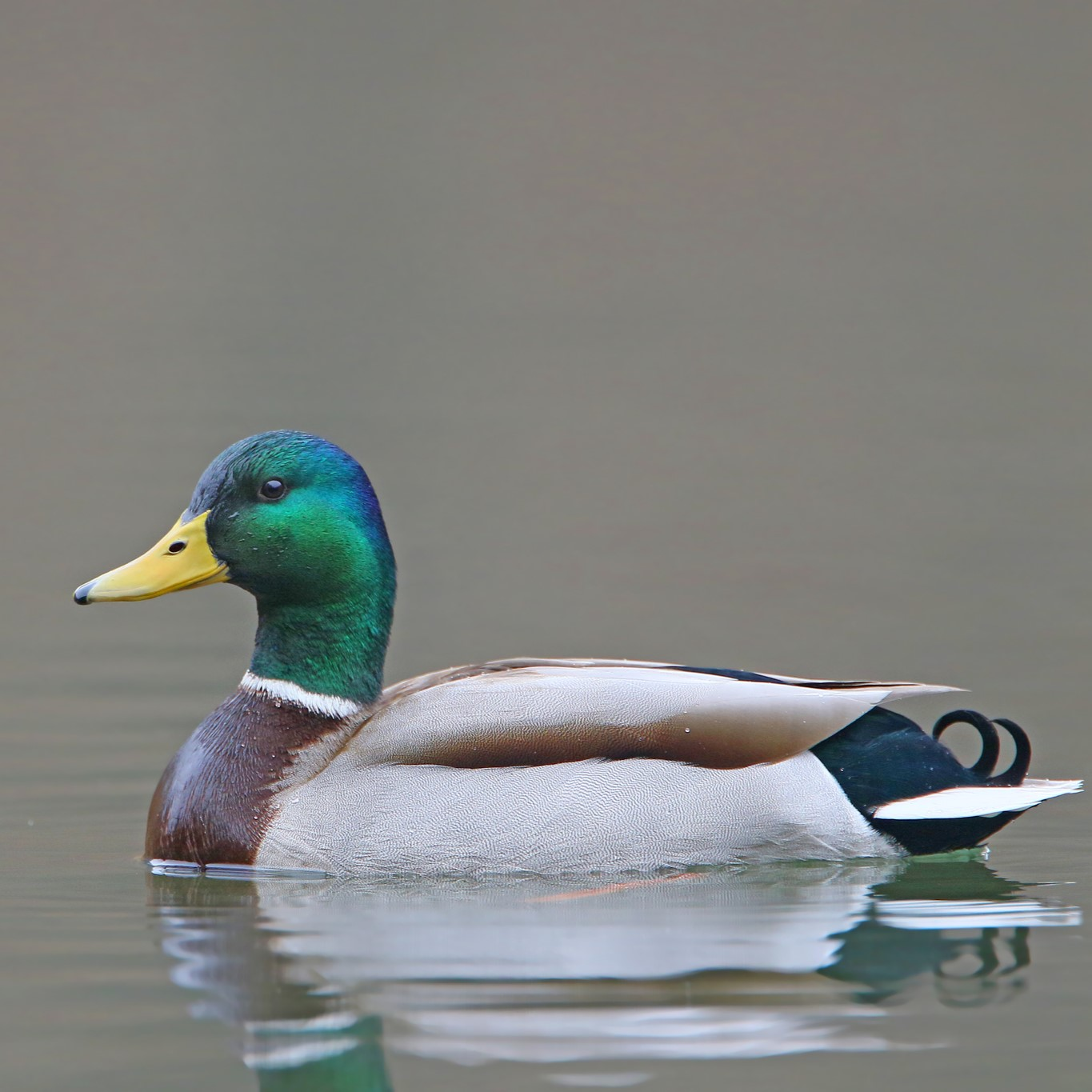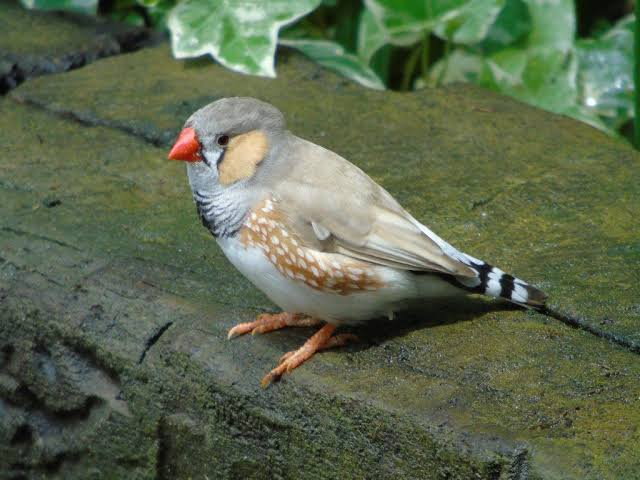மல்லார்ட் பற்றிய முழுமையான விவரங்கள் (தமிழில்):
🔹 பெயர்:
-
தமிழில்: மல்லார்ட் வாத்து
-
ஆங்கிலத்தில்: Mallard
-
விஞ்ஞானப் பெயர்: Anas platyrhynchos
🔹 வகை:
-
பறவைகள் வகையில் சேரும்.
-
Anatidae குடும்பத்தைச் சேர்ந்தது.
📏 உடலமைப்பு:
| விஷயம் | விவரம் |
|---|---|
| உயரம் | 50 – 65 செ.மீ. |
| இறக்கையின் நீளம் | சுமார் 80 – 95 செ.மீ. |
| எடை | 0.7 – 1.6 கிலோ |
-
♂ ஆண் வாத்து: பச்சை நிறத் தலை, வெள்ளை கழுத்துப் பட்டை, நீலச் சிறகு.
-
♀ பெண் வாத்து: பழுப்பு கலந்த கலர், உடல் முழுவதும் மறைவு தன்மை கொண்ட புள்ளிகள்.
🌍 விருப்பமான வாழிடம்:
-
நீர்நிலைகள் (ஏரிகள், நதிகள், சுனைகள்)
-
விவசாய நிலங்கள் அருகிலுள்ள நீர்நிலைகள்
-
குளங்கள், தேக்கங்கள்
-
நகரப்புற பூங்காக்கள் மற்றும் நீர்த்தேக்க குளங்கள்
🍽️ உணவுகள்:
-
நீரில் வளரக்கூடிய தாவரங்கள், புல், விதைகள்
-
பூச்சிகள், கிளவிகள், சிறிய மீன்கள்
-
பல சமயங்களில் மனிதர்கள் கொடுக்கும் உணவையும் உண்ணும் (பொங்கல் அரிசி, ரொட்டி போன்றவை – ஆனால் இது சுகாதாரத்திற்கு பாதிப்பு தரலாம்)
🐣 வளம் மற்றும் இனப்பெருக்கம்:
-
பெண் மல்லார்ட் 8–13 முட்டைகள் இடும்.
-
26–28 நாட்களில் குஞ்சுகள் வெளிவரும்.
-
பெண் மட்டுமே முட்டைகளுக்கு காத்திருக்கிறது.
-
பிறந்தவுடன் குஞ்சுகள் தாயுடன் நீரில் நீந்தத் தொடங்கும்.
✈️ குடிபெயர்ச்சி (Migration):
-
சில மல்லார்ட்கள் பனிக்காலத்தில் வெப்பமண்டல நாடுகளுக்கு இடம்பெயர்கின்றன.
-
இந்தியாவில் குளிர் பருவத்தின்போது (அக்டோபர்–பிப்ரவரி) வெளிநாடுகளில் இருந்து வரும்.
🌿 மற்ற சிறப்பம்சங்கள்:
-
“Quack” எனும் தனிச்சத்தம் உண்டு, முக்கியமாக பெண் மல்லார்ட்களிடம்.
-
பறக்கவும், நீந்தவும் மிகவும் திறமை வாய்ந்தவை.
-
மனித சமூகங்களுக்கு மத்தியில் நன்றாக ஏற்றுக்கொள்ளப்படும் வாத்து இனங்களில் ஒன்று.
🔒 பாதுகாப்பு நிலை (IUCN):
-
Least Concern — மிகுந்த ஆபத்திலில்லை.
🏞️ தமிழகத்தில் காணப்படும் இடங்கள்:
-
வேதாந்தங்கல் பறவிக் காப்பகம்
-
புலிக்காட்டு குளம்
-
நந்திகொண்டன் குளங்கள்
-
காவிரி ஆற்றங்கரை
இந்த மல்லார்ட் பறவை குழந்தைகளுக்கான பறவிக் கல்வி, விவசாய நீர்நிலைகள் பாதுகாப்பு, மற்றும் சுற்றுச்சூழல் சமநிலைக்காக மிகவும் முக்கியமானது.
வீட்டுப் பறவையாகவும் சிலர் வளர்த்தாலும், இது இயற்கை சூழலில்தான் சிறப்பாக வாழ்கிறது.
இதை நீங்கள் வலைப்பதிவாக எழுத விரும்பினால், புகைப்படம், சின்ன தகவல் அட்டவணை, குழந்தைகளுக்கான சுவாரசிய தகவல்களுடன் சேர்த்து கொடுக்கலாம். தயாரா?
"This Content Sponsored by
Buymote Shopping app
BuyMote E-Shopping Application is One of the Online Shopping App
Now Available on Play Store & App Store (Buymote E-Shopping)
Click Below Link and Install Application: https://buymote.shop/links/0f5993744a9213079a6b53e8
Sponsor Content: #buymote #buymoteeshopping #buymoteonline
#buymoteshopping #buymoteapplication"





.jfif)

